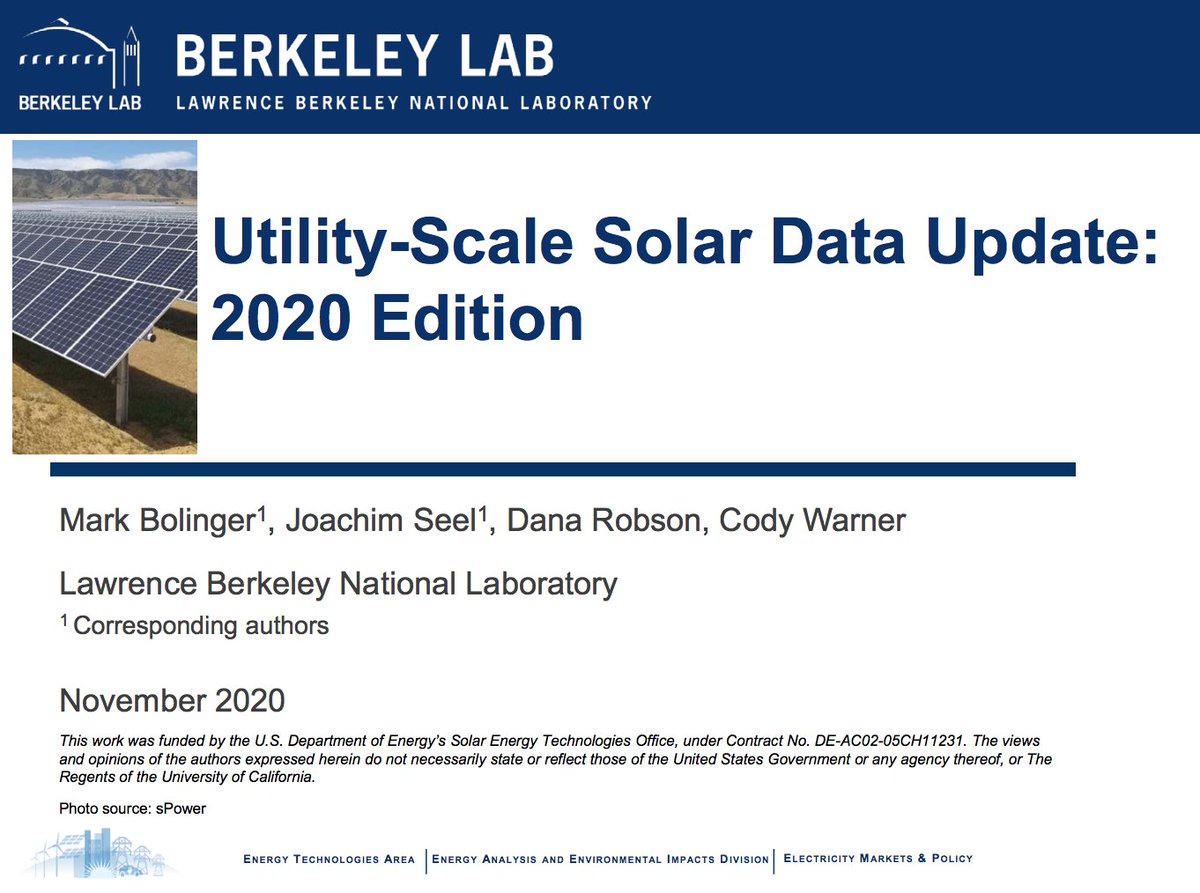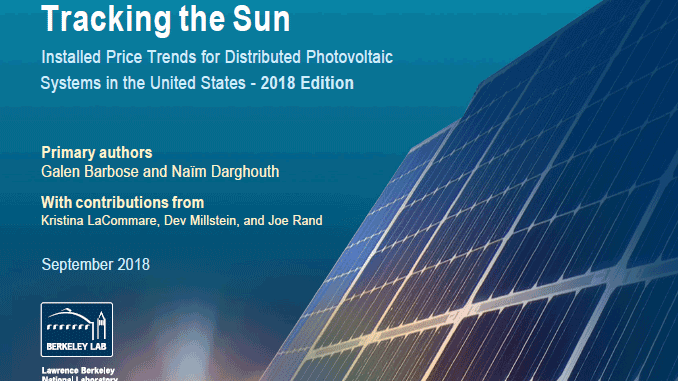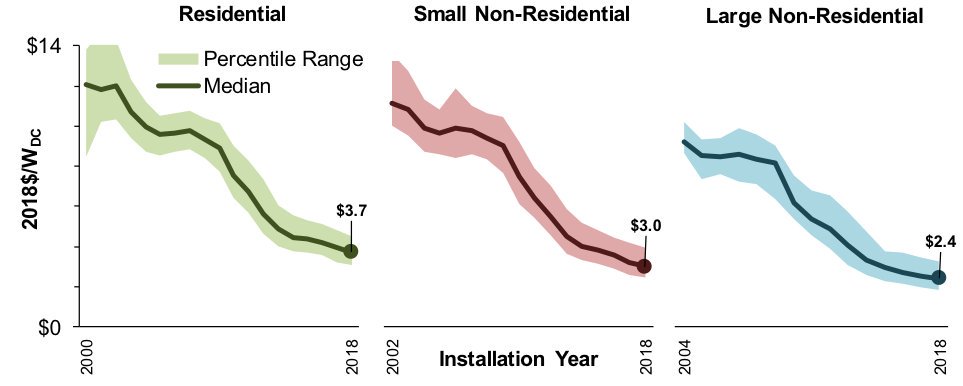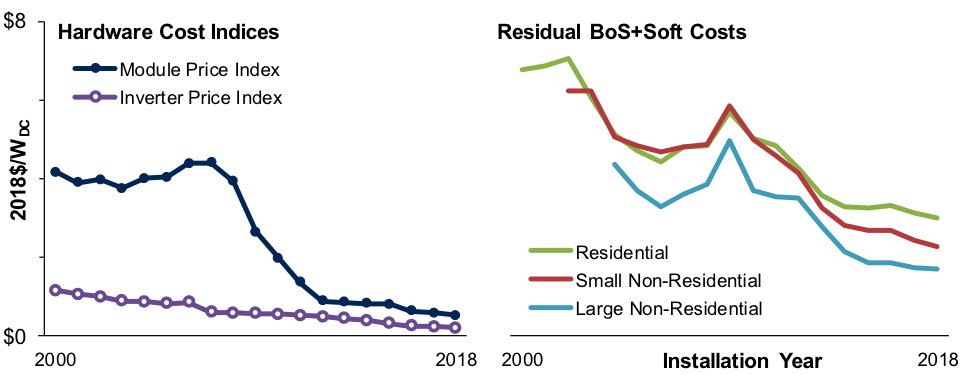
THREAD: In 2005, the official Annual Energy Outlook saw power sector CO2 rising from 2,400 to 3,000 MMT by 2020. But actual emissions fell to 1,450 MMT, 52% below projected levels. A new @BerkeleyLab report looks at how we got “halfway to zero.” emp.lbl.gov/publications/h… 1/11 

The biggest change was drastically less demand for electricity, due in part to sectoral and economic changes, but also to greater energy efficiency driven by policies and technology advancement. Instead of rising by 24% it was dead flat. 2/11 

And as demand stayed flat, cheaper natural gas from the shale gas revolution combined with the rapid growth of wind and solar power to squeeze out coal. Some nuclear retirements were offset by greater output at existing plants. 3/11 

Meanwhile, total consumer electricity costs were 18% lower than 2020 projections, even as prices were slightly higher. Less demand meant lower bills -- to the tune of $86 billion a year. 4/11 

The “social costs” of power generation were dramatically lower. Damages to human health and the climate were 92% and 52% lower, respectively, as carbon, sulfur and nitrogen oxide emissions all fell. A total social savings of $500 billion in 2020. #halfwaytozero 5/11 

The total number of jobs in electricity generation rose by 29%, as a decline in coal jobs was offset by a greater increase in renewable energy jobs.
Read our #HalfwaytoZero report at emp.lbl.gov/publications/h…
6/11
Read our #HalfwaytoZero report at emp.lbl.gov/publications/h…
6/11

The bottom line for US power sector carbon emissions was a 41% drop from 2005 levels and a 52% drop below projected 2020 levels.
Read the #HalfwaytoZero report from @BerkeleyLab at emp.lbl.gov/publications/h… 7/11
Read the #HalfwaytoZero report from @BerkeleyLab at emp.lbl.gov/publications/h… 7/11

Looking forward, #windpower and #solarenergy are likely to be the backbone of a future supply. Already 660 GW have requested transmission access, more than half of what might be required to approach a zero-carbon power-sector target. #halfwaytozero 8/11 

But that much wind & solar is not trivial. Much is needed to ensure electricity delivery, reliability and resilience, build new transmission infrastructure, change planning and grid operations, revise siting processes, and focus attention on impacted workers and communities. 9/11 

Most of all, how do we fill the remaining gap when the wind doesn’t blow and the sun doesn’t shine? Many things could fill the gap (long-duration storage, hydrogen, nuclear, etc.) but further RD&D is needed. #halfwaytozero 10/11 

While "Past performance is no guarantee of future results,” a look back shows that big changes are possible over a 15 year span. What will the next 15 years bring, and is getting all the way to zero possible? Read the Halfway to Zero report at emp.lbl.gov/publications/h… 11/11 

• • •
Missing some Tweet in this thread? You can try to
force a refresh











